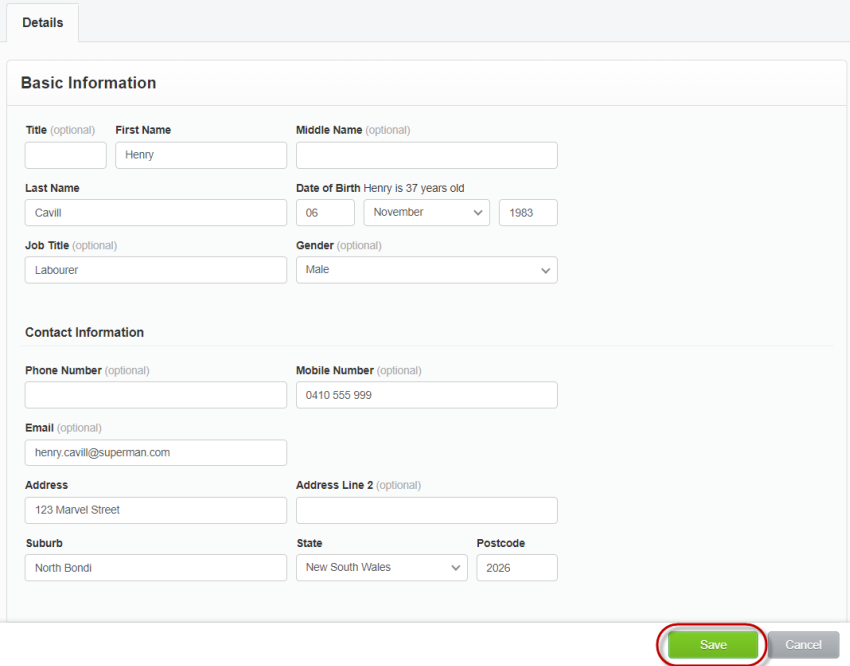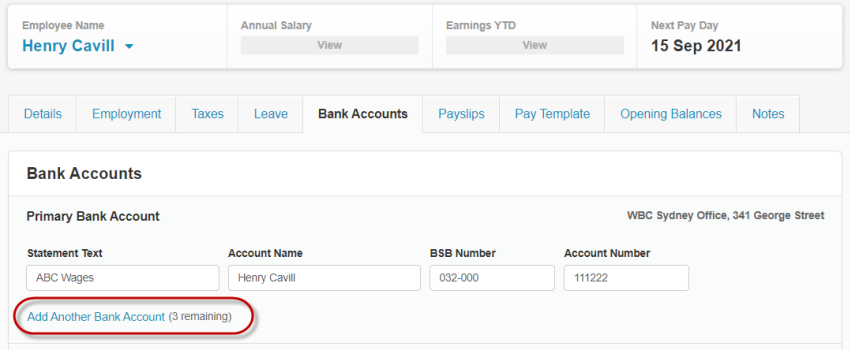Businesses hiring employees must meet Government requirements related to their working conditions, pay and record keeping.
Casual Employee Records
All new Casual Employees must be provided with 4 standard employee documents at the beginning of their employment. These are:
- Tax File Number Declaration > determines the amount of taxes to withhold from their payments
- Superannuation Standard Choice Form > advise the employer of the employee’s choice of super fund
- Fairwork Information Statement > informs Employees about their workplace rights and entitlements
- Casual Employment Information Statement > informs Casual Employees about the workplace rights and entitlements
The Tax File Number Declaration and Superannuation Standard Choice forms must be filled out by the Employee and returned to the employer within 28 days from the start of their employment. Employers must also provide evidence that these forms have been given to the employee at the time of employment. The Tax File Number Declaration must then be lodged to the ATO.
It is also advisable for Employers to provide employees with:
- Employee Forms > to gather additional employment details
- Employment contract > to outline the employment agreement between the two parties
Finally, Employers must also issue payslips to each Employee within one working day of their payday. Employers who wish to issue payslips by email must obtain written consent from their employees.
Employee details are then added to Xero to process pays, issue payslips and pay Superannuation.
More information on how to correctly hire and manage Casual Employees is available on our website.
Create a new Casual Employee
The process of creating a new Casual Employee is very similar to creating a Full-Time or Part-Time Employee. The biggest change with Casual Employees is in setting the Pay Rates and Casual Loading. We have created a separate User Guide to cover this topic.
- Go to Payroll > Employees
- Click on [Add Employee] > Add New
è The Employee screen opens
Note: at this stage, the employee screen only includes the [Details] Tab
- Enter the Employee's basic information
Note: Date of Birth, Gender and Address are mandatory fields - Click on [Save]
Note: Additional tabs are now displayed on the Employee screen - Click on the [Employment] Tab
è The Employment Tab - Select/Enter the following details:
- Employment Type > Select Employee
- Income Type > Select the correct Income Type based on the employee's employment type
- Employment basis > Select: Casual
- Start Date > Type the Employee's Employment start date
- Classification > Type the Fair Work Job Classification (or Job Title for Employees above Award)
- Payroll Calendar > Select the Employee's Payroll Calendar
- Employee Group > Select the relevant Employee Group (if applicable)
- Holiday Group > Select the State the Employee resides in
- Include holidays in payslips > Select this option if you are not paying your employees via Timesheets
- Ordinary Earnings Rate > Select main Ordinary Hours Pay Item
Note: this is the main Pay Item where the Employee's entitlements will be calculated from
- Click on + Add a superannuation membership
è The Add a Superannuation Membership pop-up screen opens - Select/Enter the following details:
- Fund > Select the Employee's fund from the list
- Employee Number > Type the Employee's super membership number
- Click on [OK] > [Save]
- Click on the [Taxes] Tab
è The Taxes Tab - Select/Enter the following details:
- Tax File Number > Type the Employee's Tax File Number
- Residency Status & Other Tax Options > Select the Employee's Residency status and Tax Options as per the Employee's Tax File Number declaration
- Tax Scale > Select the correct Tax Scale applicable to the Employee
Note: Xero only supports the Regular Income Type, if you select a different tax scale you will be required to manually calculate the tax withholding in each pay run - Tax offset and variations > Select any tax variation applicable to the employee
- Click on [File Now]
è The Authorisation To File screen opens - Click on [File Now]
è The Tax File Declaration is lodged electronically to the ATO - Select the [Bank Accounts] Tab
è The Bank Accounts Tab
- Enter the following details:
- Statement Text > This statement shows on the Employee's Bank Account (make sure it includes your Company name)
- Account Name > Type the employee's Bank Account's name
- BSB > Type the Employee's Bank Account's BSB number
- Account Number > Type the Employee's Bank Account's number
- If the Employee would like to split their pay in more than one account, click on Add Another Bank Account and type the additional Bank Accounts' details
- You can then distribute the Employees wages by amount or percentage across the different Bank Accounts
- Click on [Save]
- The next step is to set up the pay rates in the Employee's Pay Template. This varies depending on how Casual Loading is calculated for different Employees. We have created a separate User Guide on how to pay Casual Employees correctly.
|
Rate this Topic:
|
|||
|
